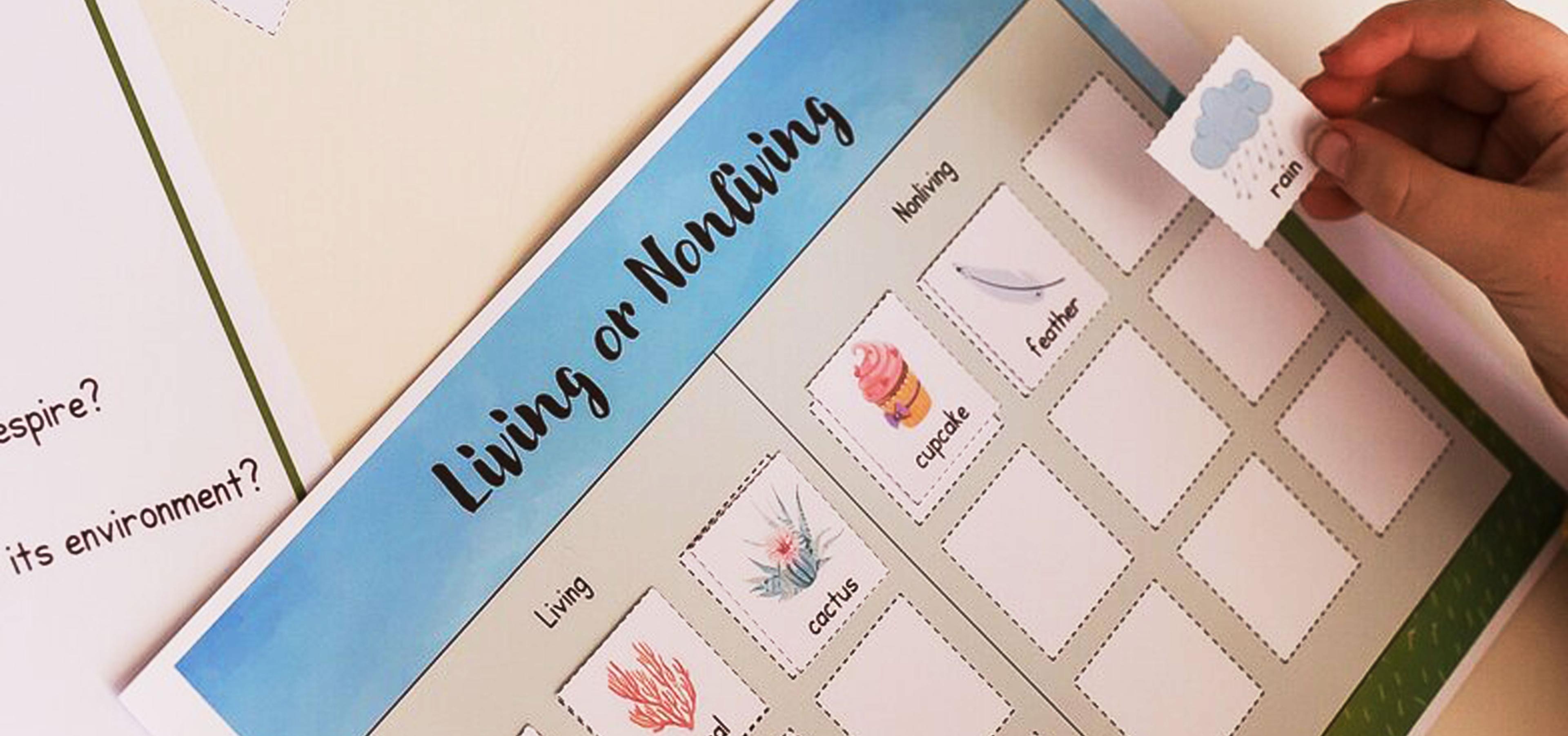Montessori education emphasises the importance of practical life skills and hands-on learning. One activity that helps children understand the world around them is learning about living and non-living things. In Montessori, this is taught through the use of cards that show examples of living and non-living things.
Introduction to Living and Non-Living
Living things are organisms that can grow, reproduce, and respond to their environment. Non-living things are objects that do not possess these qualities. Understanding the difference between living and non-living is an important part of a child's early education. Montessori education helps children learn this concept through a hands-on approach using cards.
The Use of Cards in Montessori
Montessori uses cards to show examples of living and non-living things. These cards are often organised into categories such as animals, plants, rocks, and objects. The cards feature pictures and labels to help children identify and classify the different examples. Children are invited to sort the cards into two groups, living and non-living, based on their characteristics.

Benefits of Learning About Living and Non-Living
Learning about living and non-living things in Montessori provides children with a deeper understanding of the world around them.
Some of the benefits of this activity include:
- Development of Vocabulary: Children learn new words and concepts related to living and non-living things. This enhances their communication skills and vocabulary.
- Development of Observation Skills: By observing and sorting the cards, children develop their observation skills and learn to distinguish between living and non-living things based on their characteristics.
- Understanding of the Environment: By learning about the natural world, children develop an appreciation for the environment and its role in our lives.
- Preparation for Science: Learning about living and non-living things is an essential part of science education. Montessori prepares children for future science activities by introducing this concept at an early age.
To conclude, Montessori education uses cards to teach children about living and non-living things. This activity prepares children for future science education and enhances their understanding of the world around them. Through this hands-on approach, children learn in a fun and engaging way, which is the foundation of Montessori education.

